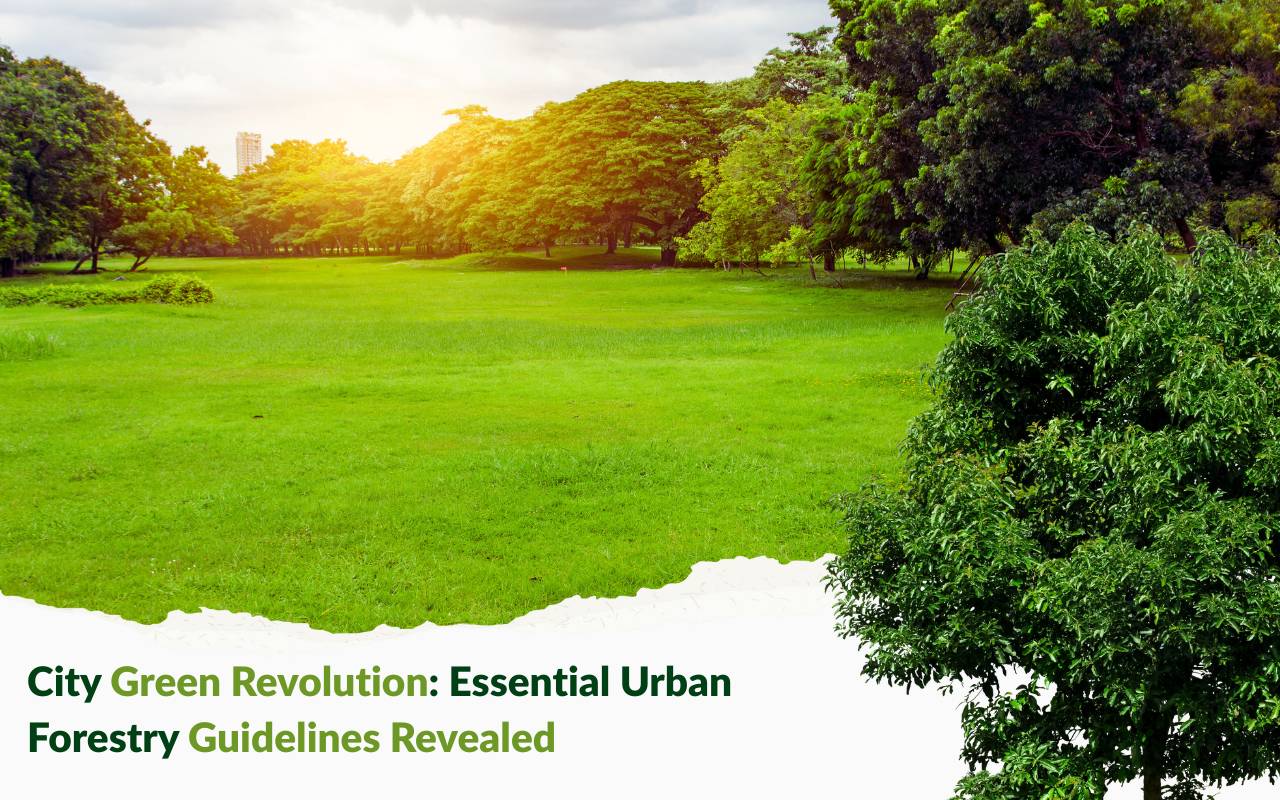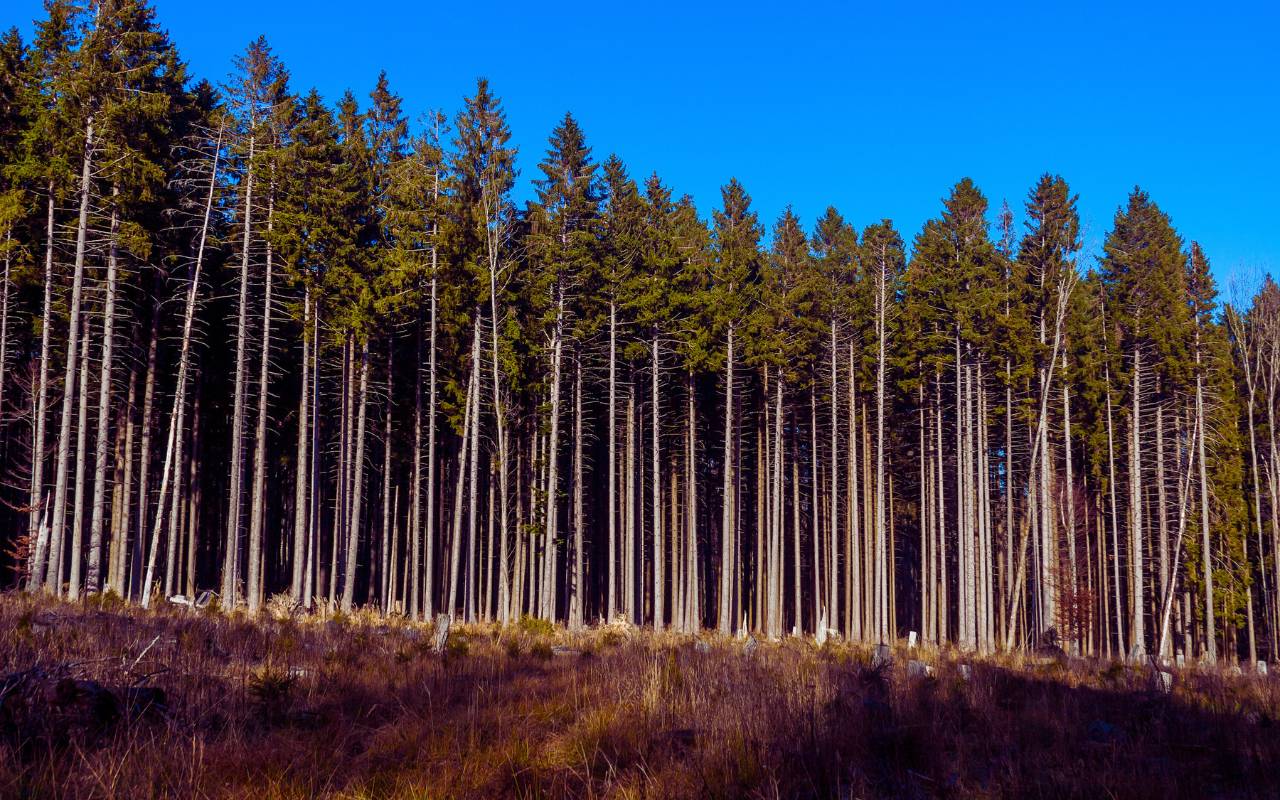
In the heart of bustling cities, where skyscrapers stretch high and concrete dominates, a movement is quietly taking root. This necessary shift prioritizes sustainability and resilience. As urban areas grow, balancing infrastructure with green spaces is critical. Herein lies the essence of the City Green Revolution, where strategic urban forestry guidelines guide sustainable futures. Urban trees are vital, improving air quality, reducing heat, and enhancing mental health. However, success requires structured approaches, not chance. Therefore, cities worldwide adopt these essential guidelines to ensure nature thrives alongside development.
Benefits of Urban Forestry in Cities
Urban forestry delivers ecological, social, and economic benefits to dense populations. For instance, trees act as natural air filters, capturing pollutants and dust before they circulate. Their shade reduces urban heat and lowers cooling costs. Comfortable shaded spaces also promote pedestrian activity. Beyond environmental impact, green areas support community cohesion through cultural events and recreation. Property values often rise in tree-filled neighborhoods, creating incentives for care and planting. Additionally, access to tree-lined parks lowers stress and boosts mental health. Clearly, the advantages of urban forestry guidelines extend beyond aesthetics.
- Cleaner air through pollutant capture
- Reduced heat island effect
- Higher property values and community appeal
Importance of Strategic Urban Forestry Guidelines
Establishing comprehensive urban forestry guidelines ensures consistent management across diverse landscapes. These act as blueprints for selecting species, planting locations, and maintenance schedules. Moreover, clear standards prevent overcrowding, monocultures, or conflicts with utilities. Guidelines also help allocate budgets transparently, making pruning, pest control, and engagement predictable. With coordination among planners, utilities, and communities, risks decrease and outcomes improve. Ultimately, structured strategies guarantee long-term canopy growth and future resilience.
- Species selection tailored to climate
- Predictable maintenance scheduling
- Improved coordination between stakeholders
Sustainable Tree Selection for Urban Environments
Careful species selection is central to resilient urban forestry. Local climate, soil, and available space guide decisions. Native species adapt well, needing less water and chemicals. Diversity also safeguards the canopy against pests or diseases. Furthermore, mixing deciduous and evergreens balances shade, sun, and wind protection. Choosing varied root structures prevents conflicts with utilities. With these sustainable choices, urban forestry thrives long-term.
Proper Tree Planting Techniques in Urban Areas
Correct planting techniques secure long-term tree stability. Select spaces free of wires and underground pipes. Dig wide holes, allowing roots to spread naturally. The root flare should sit slightly above soil grade. Backfill using native soil and organic compost. In addition, stake young trees only when necessary. Mulch around, but not against, the trunk. Water regularly during the first two years. These practices, aligned with urban forestry guidelines, ensure new plantings thrive.
Urban Tree Maintenance Best Practices
Consistent maintenance sustains tree health. Scheduled pruning strengthens branches and reduces hazards. Dormant-season pruning minimizes stress and pests. Soil tests detect nutrient needs, guiding amendments. Likewise, mulching conserves moisture and suppresses weeds. Watering deeply but infrequently fosters strong roots. Aeration alleviates compaction in high-traffic areas. By following these urban forestry guidelines, cities protect their vital green assets.
Managing Tree Health and Disease in Cities
Monitoring health prevents widespread issues. Inspections reveal stress signs like leaf discoloration or bark damage. Certified arborists ensure proper diagnoses. Integrated Pest Management emphasizes biological controls, reducing chemicals. If outbreaks occur, isolation, pruning, and safe disposal contain them. Threshold-based guidelines trigger interventions at the right time. In severe cases, removing affected trees may preserve canopy integrity. As a result, vigilant practices maintain robust urban forests.
Integrating Trees into Urban Infrastructure
Urban trees strengthen infrastructure when integrated thoughtfully. For example, bioswales and rain gardens filter stormwater. Street trees planted in permeable cutouts balance movement and growth. Green roofs and living walls extend greenery upwards, cooling and filtering rain. Collaboration between planners and foresters ensures harmony with utilities and transport. Embedding urban forestry guidelines into codes standardizes practices, reinforcing infrastructure resilience.
- Bioswales for stormwater filtration
- Green roofs reducing heat
- Permeable pavers supporting root growth
Community Engagement in Urban Forestry Projects
Residents are vital partners in urban forestry. Planting events foster stewardship and awareness. Education in schools teaches care techniques and ecosystem services. Citizen science apps help track tree health, empowering communities. Inclusivity ensures guidelines reflect local needs. Moreover, multilingual outreach builds trust and drives participation. Visible results, like shaded streets, inspire advocacy. Active engagement strengthens long-term canopy investments.

Frequently Asked Questions
What are urban forestry guidelines?
They are structured standards for selecting, planting, and maintaining trees in cities, ensuring long-term ecological and social benefits.
How do urban forestry guidelines improve public health?
Trees improve air quality, provide shade, and reduce stress, contributing to healthier communities and more livable cities.
Can communities participate in forestry projects?
Yes, residents often join planting events, educational programs, and citizen science efforts to support urban canopy development.
Why is species diversity important in cities?
Diverse species reduce risks from pests or diseases, ensuring resilience and long-term canopy sustainability in urban landscapes.
How do guidelines support climate change mitigation?
They prioritize tree species with high carbon capture potential, helping cities adapt and lower emissions effectively over time.
The Role of Urban Forestry in Climate Change Mitigation
Trees sequester carbon and reduce energy use by shading streets and buildings. Expanding tree canopies strengthens climate resilience. In fact, guidelines focus on species with strong carbon-storage potential. As cities adopt these practices, they create living infrastructures to face extreme weather. Consequently, urban forestry becomes a vital ally in climate mitigation.
Embracing the City Green Revolution
Transforming cities into green havens requires careful planning, engagement, and adherence to urban forestry guidelines. By adopting sustainable practices and community collaboration, cities secure cleaner air, cooler streets, and healthier futures. Each new tree represents a powerful step in the City Green Revolution. Now is the time to join this movement and shape vibrant, resilient urban landscapes.
